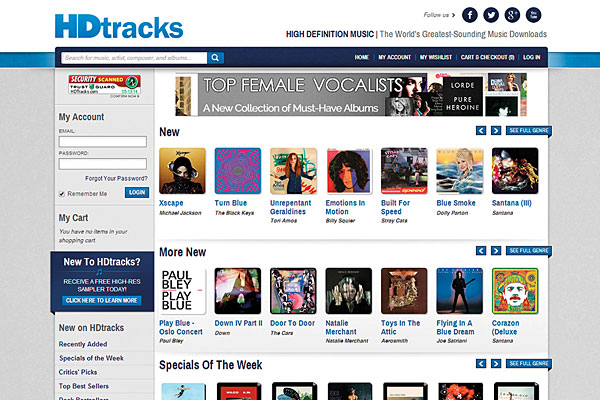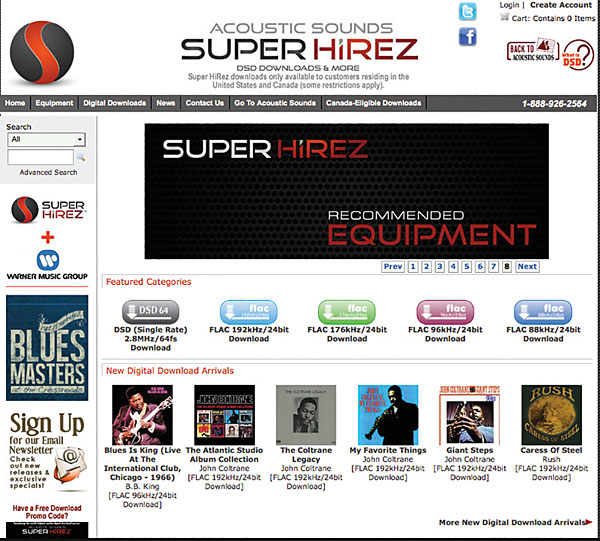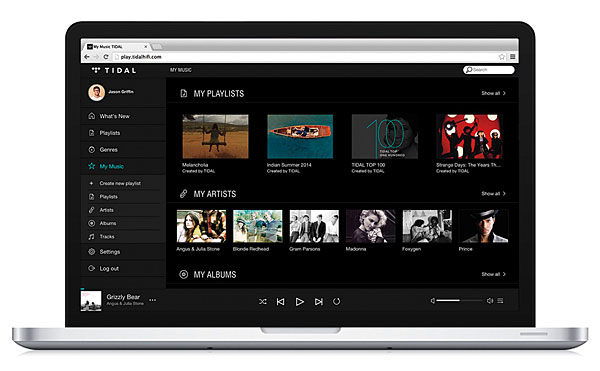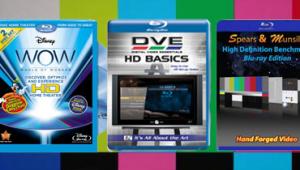This is an excellent article - thank you! However, it also identifies the problem - there are too many disparate components that need to be brought together (at a pretty significant price tag) to reap the benefits of HRA. I don't think many people will take the financial leap to HRA without hearing the benefit in some kind of an A/B test against what they are listening to know. The problem is how to go about doing that when you need so many different pieces of hardware and software working together. This seems like a job for the CEA to spearhead in cooperation with a store like Best Buy.
What I would envision is that the CEA would work with the software and hardware developers to cooperatively offer their products for use HRA demonstration kiosks in the store. Consumers would be invited to bring in their current audio equipment (e.g., their iPod and headphones) and use them to compare against one or more HRA setups. To make the comparison a true A/B comparison, the consumer would listen to the same song(s) in their current format and in an HRA format. What would probably be needed is a limited selection of HRA music tracks at the kiosk and the ability to provide the consumer with a free download of the same song in their current format (e.g., through a download code). Of course, the store would include all of the different HRA components for easy purchase (bundles?) once the consumer is sufficiently wowed and ready to buy.

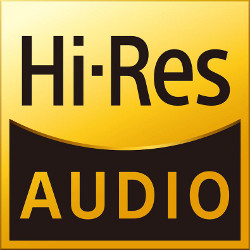 What makes hi-res audio different is that hi-res systems sample the original analog signal at a much higher frequency than CD—usually either 96 or 192 kHz—and typically with 24-bit encoding. DSD, another high-resolution format used for downloads from a few online services, taps the same technology employed for SACD, a format that, along with DVD-Audio, made a failed attempt for major-label and public acceptance back in the early 2000s. DSD uses only a 1-bit sample size, but collects samples at either 2.8 or 5.6 megahertz—that is, 2.8 or 5.6 million times per second.
What makes hi-res audio different is that hi-res systems sample the original analog signal at a much higher frequency than CD—usually either 96 or 192 kHz—and typically with 24-bit encoding. DSD, another high-resolution format used for downloads from a few online services, taps the same technology employed for SACD, a format that, along with DVD-Audio, made a failed attempt for major-label and public acceptance back in the early 2000s. DSD uses only a 1-bit sample size, but collects samples at either 2.8 or 5.6 megahertz—that is, 2.8 or 5.6 million times per second.
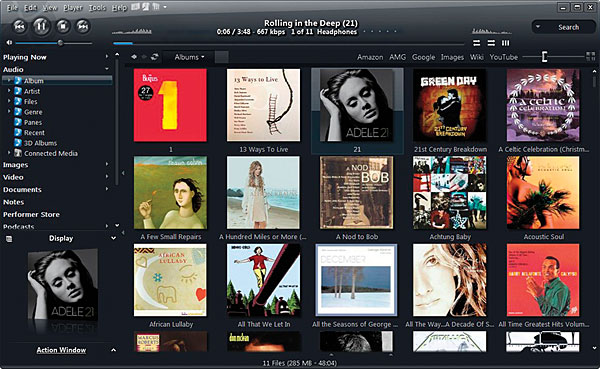
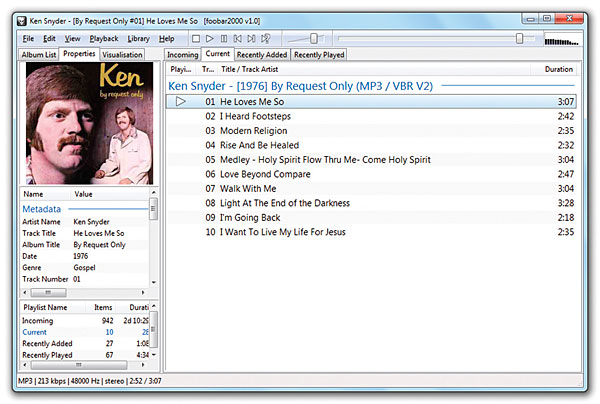
 The most affordable—and portable—hardware option for diving into HRA is a USB stick-style DAC. It either plugs directly into a USB port on your computer (like a standard USB thumb drive) or connects via a USB cable. A few examples in this category include the AudioQuest DragonFly ($149), Meridian Explorer2 ($299), Audioengine D3 ($149), Cambridge Audio DacMagic XS ($189), HRT microStreamer ($199), and Sony PHA-1A ($300). The AudioQuest, Audioengine, and HRT models handle files up to 96/24; the Cambridge Audio and Meridian handle up to 192/24. Each DAC also contains a headphone amp. You’ll find our reviews for some of these
The most affordable—and portable—hardware option for diving into HRA is a USB stick-style DAC. It either plugs directly into a USB port on your computer (like a standard USB thumb drive) or connects via a USB cable. A few examples in this category include the AudioQuest DragonFly ($149), Meridian Explorer2 ($299), Audioengine D3 ($149), Cambridge Audio DacMagic XS ($189), HRT microStreamer ($199), and Sony PHA-1A ($300). The AudioQuest, Audioengine, and HRT models handle files up to 96/24; the Cambridge Audio and Meridian handle up to 192/24. Each DAC also contains a headphone amp. You’ll find our reviews for some of these 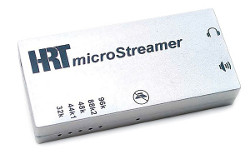 Beyond the ultra-small stick DACs are a number of DAC/headphone amps that can work on the go or on a desktop or rack at home; many are compact enough to be tossed in a suitcase, but may not offer quite the same portability as the models listed above. Some are battery-operated or powered by their USB connections, while others have a wall-fed power supply. Options include the Audioengine D1 ($169), iFi nano iDSD ($189), Micromega MyDac ($369), Cambridge Audio DacMagic 100 ($299), and Sony PHA-2 ($600). All units with the exception of the Audioengine handle files up to 192/24; the iFi and Sony can also process DSD. Additionally, there’s the Sony UDA-1 ($799), a desktop integrated amp/DAC that offers a built-in 20-watt x 2 amplifier and output connections for desktop speakers.
Beyond the ultra-small stick DACs are a number of DAC/headphone amps that can work on the go or on a desktop or rack at home; many are compact enough to be tossed in a suitcase, but may not offer quite the same portability as the models listed above. Some are battery-operated or powered by their USB connections, while others have a wall-fed power supply. Options include the Audioengine D1 ($169), iFi nano iDSD ($189), Micromega MyDac ($369), Cambridge Audio DacMagic 100 ($299), and Sony PHA-2 ($600). All units with the exception of the Audioengine handle files up to 192/24; the iFi and Sony can also process DSD. Additionally, there’s the Sony UDA-1 ($799), a desktop integrated amp/DAC that offers a built-in 20-watt x 2 amplifier and output connections for desktop speakers.
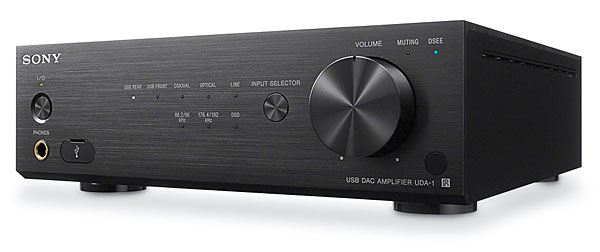 High-end standalone USB DACs are another option—one that’s popular with audiophiles who have a swanky dedicated listening room and don’t mind lugging their laptop around to use as a source. These DACs tend to be pricey, and some omit convenience features aimed at desktop audiophiles, such as a headphone amp.
High-end standalone USB DACs are another option—one that’s popular with audiophiles who have a swanky dedicated listening room and don’t mind lugging their laptop around to use as a source. These DACs tend to be pricey, and some omit convenience features aimed at desktop audiophiles, such as a headphone amp.
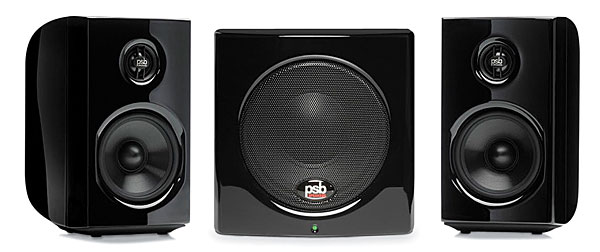
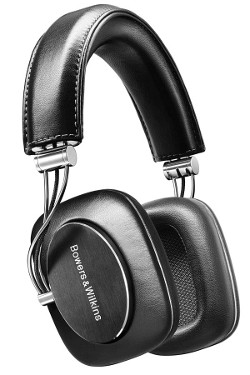 Headphones are a good match for HRA audio listening; the intimate listening environment created through ’phones lends itself to picking up the added nuance of hi-res files. High-quality options from traditional headphone makers, along with newcomers and speaker manufacturers looking to get in on the game, have exploded in recent years. They can be pricey, but our Top Picks list includes a range of outstanding models available for under $400 (B&W P7, NAD Viso HP50) and a few that sell for under $200 (V-Moda XS, Audio-Technica ATH-M50).
Headphones are a good match for HRA audio listening; the intimate listening environment created through ’phones lends itself to picking up the added nuance of hi-res files. High-quality options from traditional headphone makers, along with newcomers and speaker manufacturers looking to get in on the game, have exploded in recent years. They can be pricey, but our Top Picks list includes a range of outstanding models available for under $400 (B&W P7, NAD Viso HP50) and a few that sell for under $200 (V-Moda XS, Audio-Technica ATH-M50).
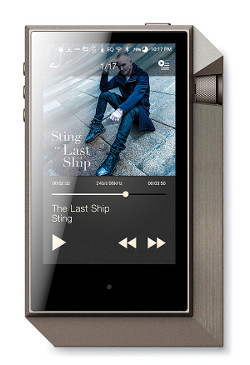 HRA-capable players are available now from companies including HiFiMan, FiiO, Astell & Kern, Pono, and Sony, which resurrected its Walkman concept in order to champion the cause of HRA. Prices range from $300 (Sony and FiiO entry models) to $2,500 (Astell & Kern’s AK 240). The main features you gain as you step up in price include things like DSD compatibility, Wi-Fi connectivity, and an OLED display, as well as machined metal control knobs that can adjust volume in fine increments.
HRA-capable players are available now from companies including HiFiMan, FiiO, Astell & Kern, Pono, and Sony, which resurrected its Walkman concept in order to champion the cause of HRA. Prices range from $300 (Sony and FiiO entry models) to $2,500 (Astell & Kern’s AK 240). The main features you gain as you step up in price include things like DSD compatibility, Wi-Fi connectivity, and an OLED display, as well as machined metal control knobs that can adjust volume in fine increments.
